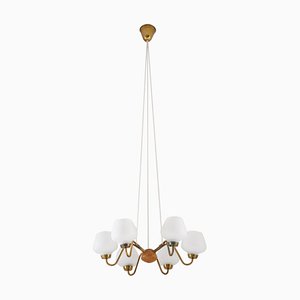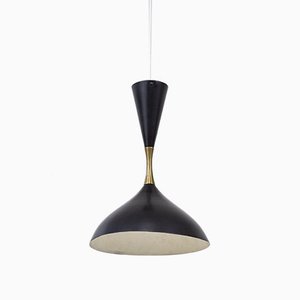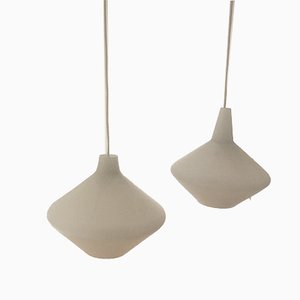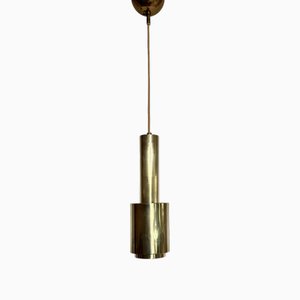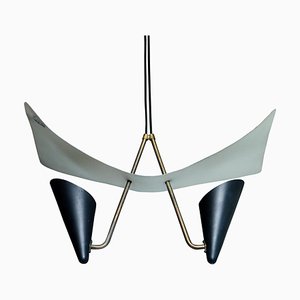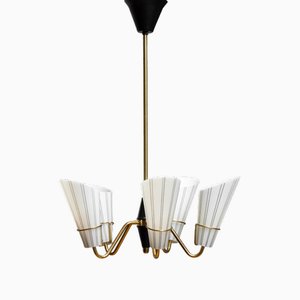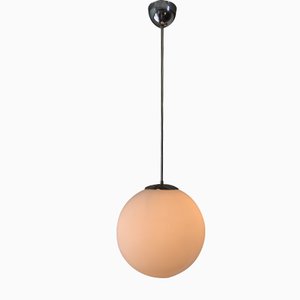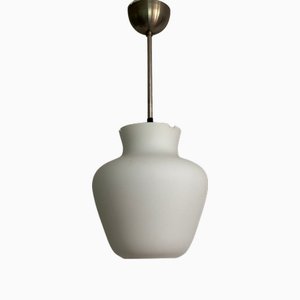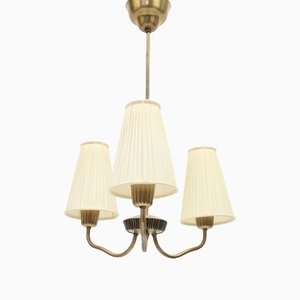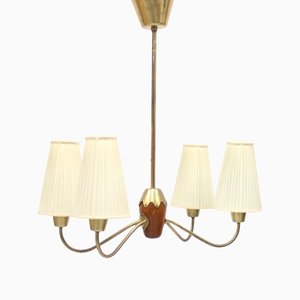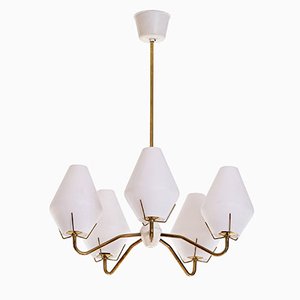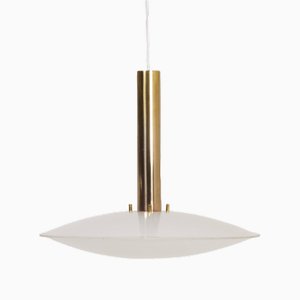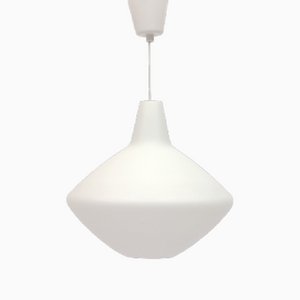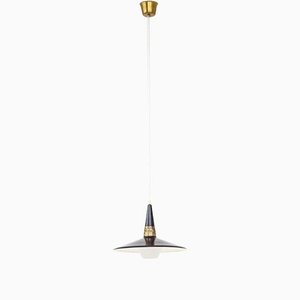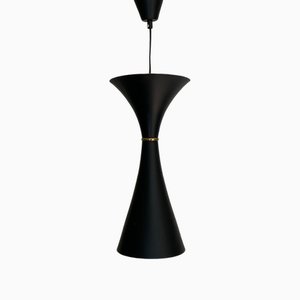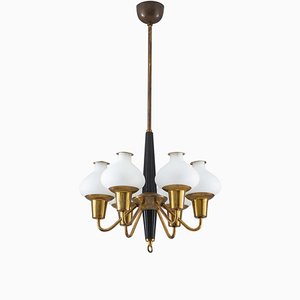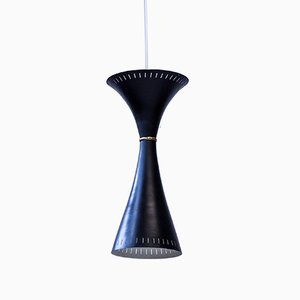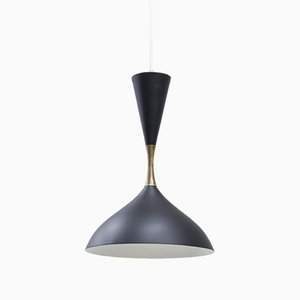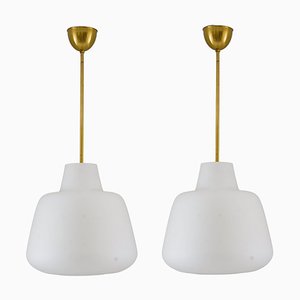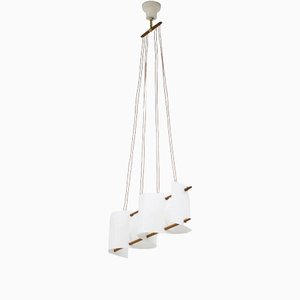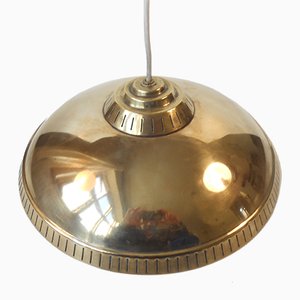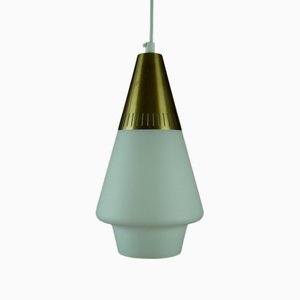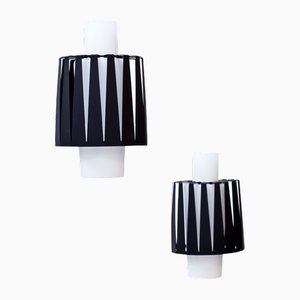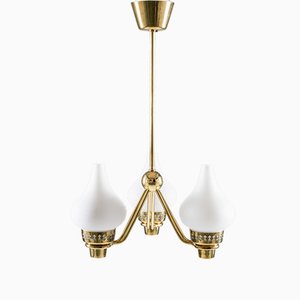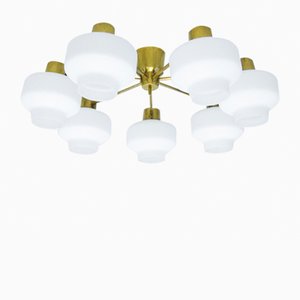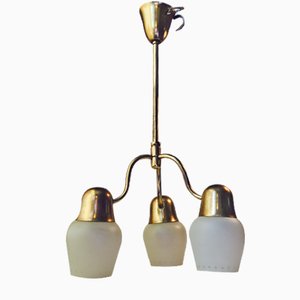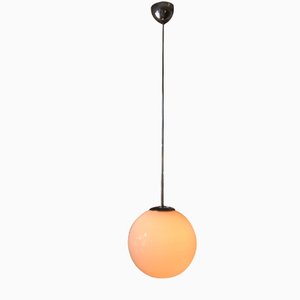
An acronym for Allmänna Svenska Elektriska Aktiebolaget (in English, the “General Swedish Electrical Limited Company”), ASEA was a Swedish manufacturer of electrical products and industrial infrastructure. While broadly known for the more large-scale parts of the catalog—e.g., steam turbines for power plants, high-speed locomotives for passenger railroads, etc.—ASEA endures in hearts of design lovers for their midcentury interior lighting collections produced in collaboration with venerated designers like Gunnar Asplund and Hans Bergström.
Formally founded in 1893 by Ludvig Fredholm, ASEA was established in industry-friendly Västerås, a central Swedish city with favorable access to railways and hydroelectric power. The company spent its first decades exclusively producing generators and motors for partner Jonas Wenström’s “three-phased” electric power systems, a revolutionary first variation on what is now the most common method used by electrical grids worldwide to transfer power. Although this kind of heavy equipment would form the basis of the company’s 20th-century output, in 1911 ASEA began to develop more lightweight products, including lighting fixtures for the Swedish home.
Its production most prolific from the 1930s through the 1960s, ASEA’s lighting design spanned desk, table, floor, and wall lamps, as well as chandeliers, pendants, and other ceiling lights. While many of ASEA’s lighting designs remain unattributed, there are notable exceptions: Lisa Johansson-Pape’s opaline-glass Onion series, for instance, for which Johansson-Pape was awarded the gold medal at 1954’s Triennale di Milano. Other standout series include Svend Aage Holm Sørensen’s five-armed chandelier (ca. 1950s) and Space Age-style table lamps (1950s); and an array of brass pieces by Hans Bergström, who, while heading Ateljé Lyktan for three decades (1940s, through the 1960s) contributed widely to the ASEA catalog.
ASEA persisted in the Swedish lighting industry until its merger with the Swiss company Brown, Boveri & Cie (BBC) in 1988, which resulted in the ABB group.


